Let's Talk About Six: Mazda Confirms New Inline Engine in Development

Much of the news surrounding Mazda this past year has concerned powerplants: a new turbocharged 2.5-liter four-banger for the CX-5 crossover and 6 sedan, a sort-of sparkless Skyactiv-X mill that still doesn’t have a North American arrival date, a lackluster diesel that took its sweet time getting here, and the brand’s continued lack of electric offerings.
The engine news continues. Buried within this week’s fiscal year earnings report is a hint of two new engines to come — inline-six engines. For a brand eager to position itself as premium, the development of a mill widely regarded as the classiest engine type reflects well on it.
It looks like Jalopnik was first to delve into the center of the document, so credit where it’s due.
On page 25 of the 57-page doc, Mazda details its investments for “brand value improvement.” There, beneath the subheading of “large architecture,” the automaker lists a straight-six Skyactiv-X engine and a straight-six Skyactiv-D diesel engine, both with longitudinal layouts and ability to handle all-wheel drive applications.
A 48-volt mild hybrid and plug-in hybrid are also listed as future large vehicle offerings, while mild hybrids and independently-developed EVs are in the cards for the smaller crowd.
Anyone who’s watched the European auto scene over the past few years has no doubt noticed a resurgence in inline-six interest. BMW never got rid of its inline units, and now Mercedes-Benz and Jaguar Land Rover are getting into the game. Why not Mazda? The company isn’t exactly awash in larger-displacement engines.
The document doesn’t state when we can expect to see either of these new inline engines, though the Skyactiv-X designation implies power and fuel economy at least on par with the most advanced offerings from Europe. We expect to see it offered in an America-geared global crossover slated for production in 2021 at the jointly-operated Mazda/Toyota Alabama assembly plant. (The plant is not yet built.)
As stated before, Skyactiv-X offers drivers a different way to light their fire. Its nearly diesel-like compression ratio is the product of a unique combustion process.
From Mazda:
Running on regular gasoline, SPCCI works by compressing the fuel-air mix at a much higher compression ratio, with a very lean mix. The SKYACTIV-X engine uses a spark to ignite only a small, dense amount of the fuel-air mix in the cylinder. This raises the temperature and pressure so that the remaining fuel-air mix ignites under pressure (like a diesel), burning faster and more completely than in conventional engines.
Besides the engine news, Mazda’s earnings report shows a sales softening. Globally, the brand’s sales sank 4 percent, the result of weakness in the U.S. and Chinese markets. On the fiscal side of things, lowered sales volume and unfavorable exchange rates pushed operating profit down 43 percent for the year.
The company expects to make up for last year’s volume loss with this year’s release of the next-generation Mazda 3 and the tweener CX-30 crossover.
[Images: © Chris Tonn/TTAC]

More by Steph Willems
Latest Car Reviews
Read moreLatest Product Reviews
Read moreRecent Comments
- IBx1 Everyone in the working class (if you’re not in the obscenely wealthy capital class and you perform work for money you’re working class) should unionize.
- Jrhurren Legend
- Ltcmgm78 Imagine the feeling of fulfillment he must have when he looks upon all the improvements to the Corvette over time!
- ToolGuy "The car is the eye in my head and I have never spared money on it, no less, it is not new and is over 30 years old."• Translation please?(Theories: written by AI; written by an engineer lol)
- Ltcmgm78 It depends on whether or not the union is a help or a hindrance to the manufacturer and workers. A union isn't needed if the manufacturer takes care of its workers.
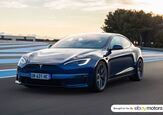



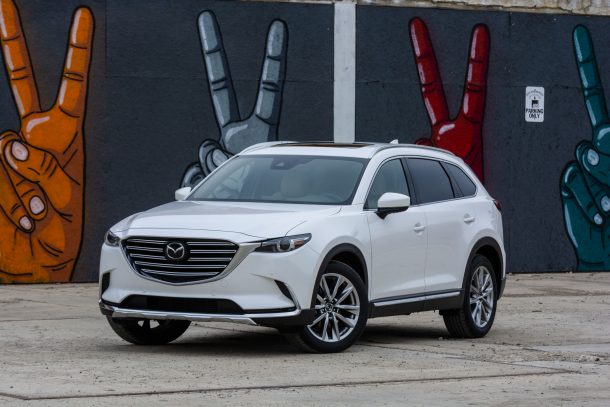












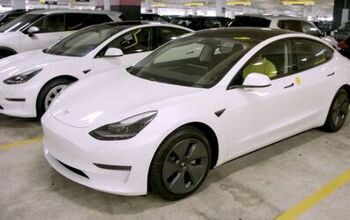
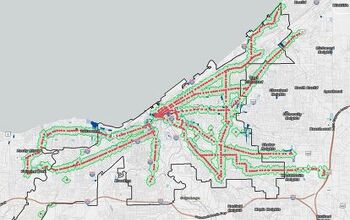

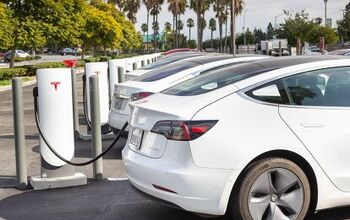
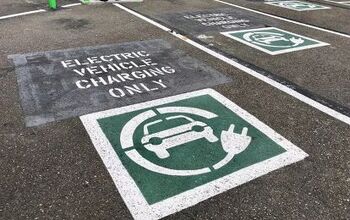
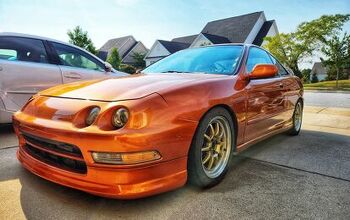

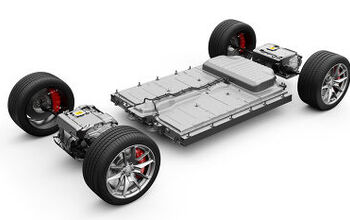

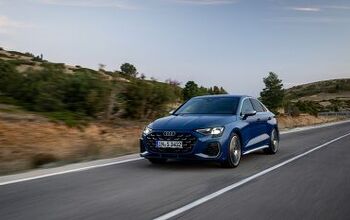
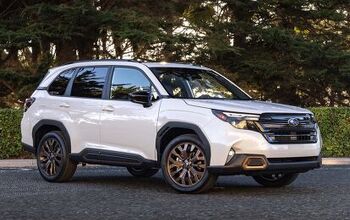

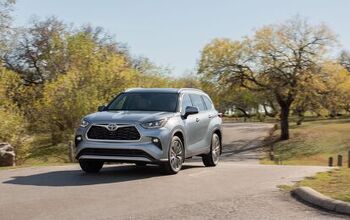
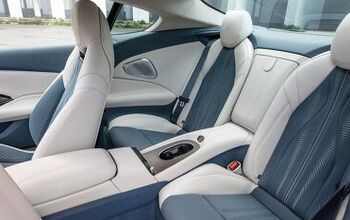
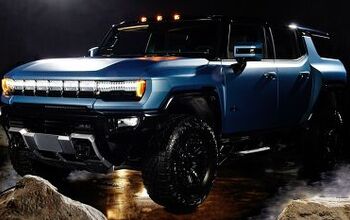
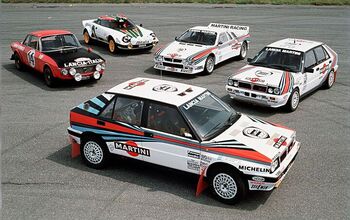
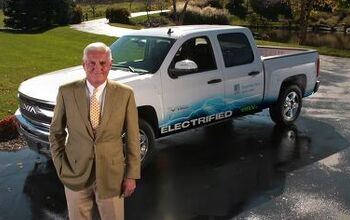

Comments
Join the conversation
Wouldn't it be interesting if the inline six is dropped into an updated Mazda pickup for the North American market? That could complete a fully rounded out product lineup.
"That's a neat car she's washing. You think that's a straight six?"